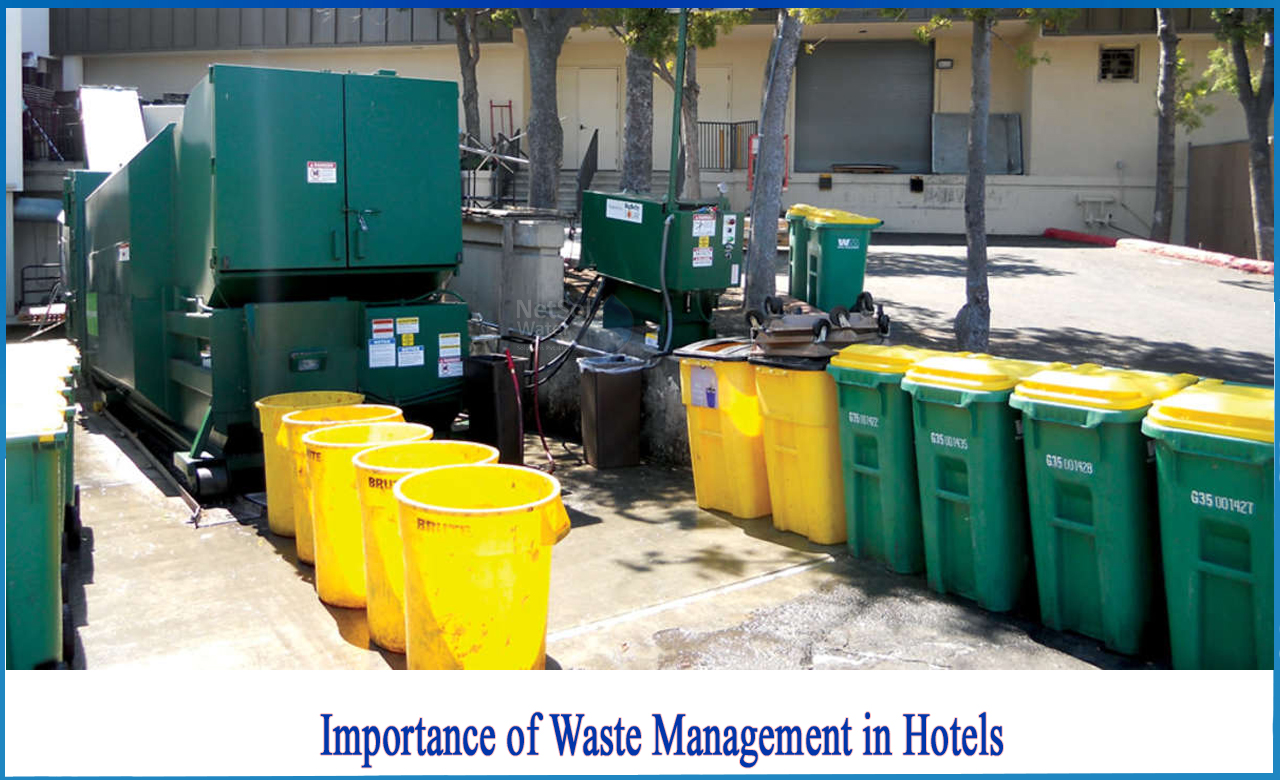The Ultimate Guide To Reclaim Waste
Table of ContentsSome Ideas on Reclaim Waste You Need To KnowThe Only Guide to Reclaim WasteAll about Reclaim WasteThe Best Guide To Reclaim WasteEverything about Reclaim Waste
Domestic sewage waste refers to the waste and items from a residential septic container. The appropriate monitoring and disposal of residential sewage waste require liquid waste to be transferred to a sewage therapy plant where the appropriate techniques and equipment are used to detoxify and dispose of waste.
Commercial waste frequently consists of potential hazards, such as flammable products or a mixture of fluid and strong waste items, and needs a more advanced and in-depth disposal procedure. The disposal of industrial waste usually entails the filtering of waste prior to transportation to ensure secure and appropriate disposal. Industrial waste is produced from by-products and drainage of industrial procedures and production.
This kind of waste can not utilize the very same sewage management transportation or procedures as septic or business liquids. The hazardous waste monitoring process needs the assessment and testing of fluid waste prior to it goes through the disposal procedure (industrial wastewater treatment). Overflow waste is the liquid waste that comes from runoff and excess stormwater in very inhabited areas or cities
Runoff waste can create contamination and flooding if not taken care of correctly. Making certain correct waste management can stop calamities and decrease environmental harm.
Rumored Buzz on Reclaim Waste
Call PROS Solutions today to find out about our waste management and disposal solutions and the proper methods to care for the liquid waste you generate.
This so-called 'wastewater' is not only a crucial resource but, after therapy, will certainly be released to our land, waterways or the sea. Used water from commodes, showers, baths, kitchen area sinks, laundries and commercial procedures is understood as wastewater.

water utilized to cool machinery or clean plant and devices). Stormwater, a kind of wastewater, is overflow that streams from farming and metropolitan locations such as roofs, parks, yards, roads, courses and seamless gutters right into stormwater drains pipes, after rain. Stormwater streams unattended directly to neighborhood creeks or rivers, at some point getting to the sea.
Reclaim Waste Fundamentals Explained
In Queensland, many wastewater is treated at sewage treatment plants. Wastewater is transferred from domestic or industrial sites with a system of sewage systems and pump stations, known as sewerage reticulation, to a sewage treatment plant.
The Division of Natural Resources encourages city governments regarding managing, operating and maintaining sewerage systems and treatment plants. In unsewered locations, neighborhood federal governments might need owners to mount individual or home sewer treatment systems to deal with domestic wastewater from toilets, kitchens, washrooms and laundries. The Division of Natural Resources authorizes the use of household systems when they are proven to be efficient.
A lot of stormwater obtains no treatment. In some new neighborhoods, therapy of some stormwater to get rid of clutter, sand and crushed rock has actually started utilizing gross contaminant traps. Wastewater treatment happens in 4 phases: Removes strong matter. Bigger solids, such as plastics and other things mistakenly released to sewage systems, are removed when wastewater is passed via screens.
Wastewater after that streams into large tanks where solids work out and are removed as sludge. Oil and residue are skimmed from the surface. Uses small living microorganisms called micro-organisms to break down and remove staying dissolved wastes and fine particles. Micro-organisms and wastes are included in the sludge. Removes nitrogen and phosphorus nutrients that can trigger algal blooms in our waterways and endanger marine life.
Some Of Reclaim Waste
Nutrient elimination is not readily available in all sewage Our site therapy plants since it needs costly specialist devices. It is coming to be a lot more typical in Queensland. Clear fluid effluent produced after therapy may still contain disease-causing micro-organisms. If this effluent is launched into waterways such as rivers or the sea, the micro-organisms will ultimately die out.

A lot of wastewater flows into the sewage system. Under the Act, regional governments administer authorizations and licences for ecologically appropriate tasks (Ages) involving wastewater releases that could have a regional effect.
Reclaim Waste for Dummies
Tracking offers factual info regarding water top quality and can verify that permit conditions are being fulfilled. The information gotten via monitoring gives the basis for making water top quality choices.
Comments on “Reclaim Waste Things To Know Before You Buy”